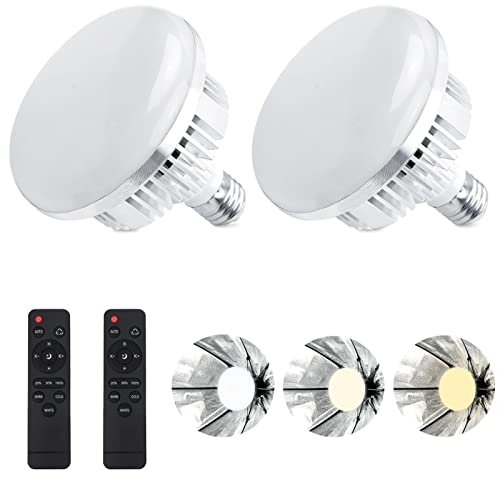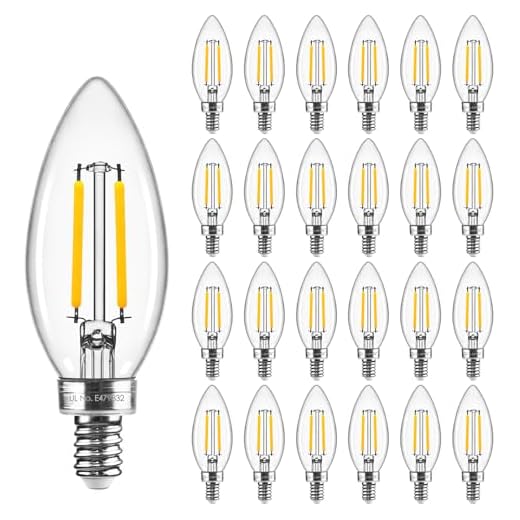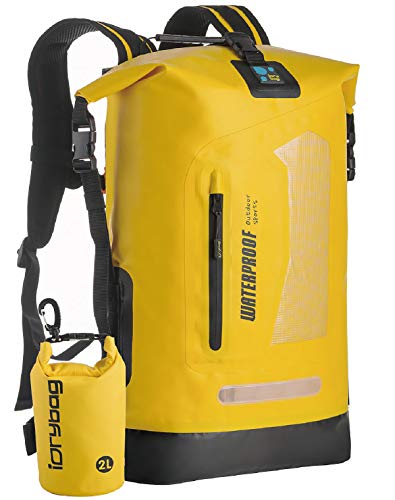


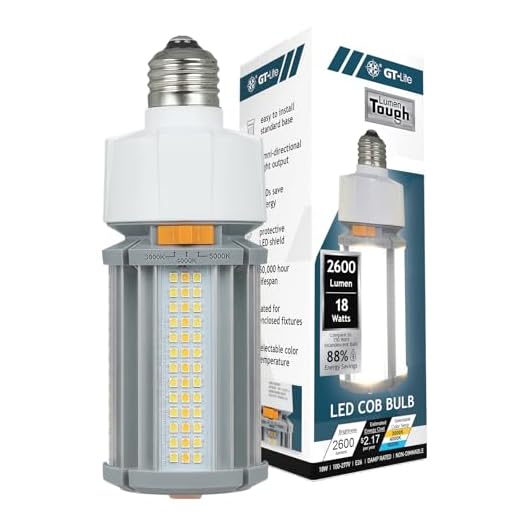
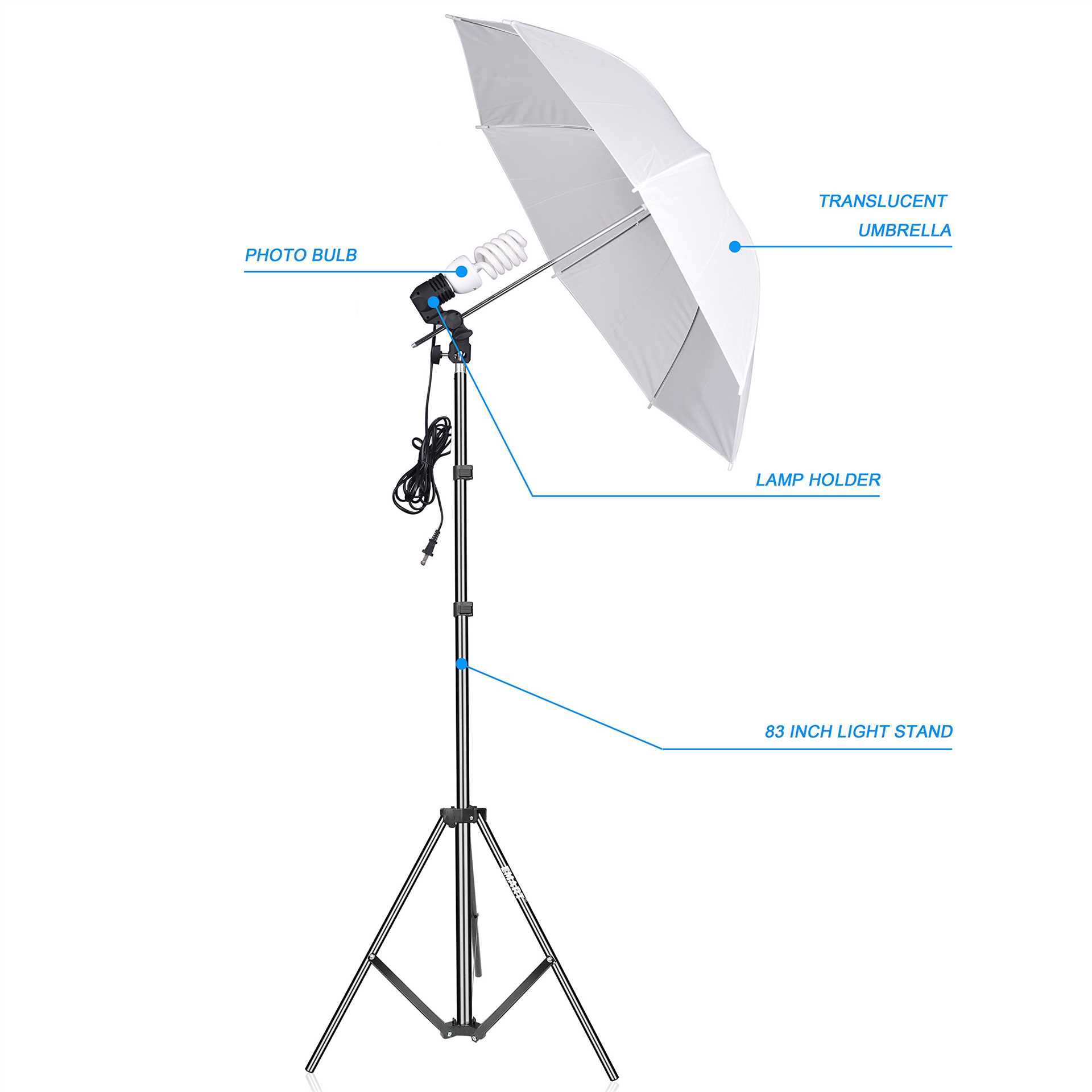
If you aim for stunning results in your subject imagery, selecting the right illumination source is key. This article explores various options that enhance your setup, particularly when used alongside diffusion equipment. A careful choice can significantly improve color accuracy and ensure flattering skin tones.
This guide will benefit amateur and seasoned creators alike, providing insight into the most reliable illumination choices available on the market today. You’ll find specific recommendations based on brightness, color temperature, and compatibility with modifiers.
By the end of the article, you’ll have a clear understanding of which products will elevate your shooting experience, along with tips on how to maximize their potential. Dive into the details and discover how to optimize your creative projects with the right tools.
Best Options for Studio Lighting in Portrait Sessions
Choosing the right illumination source is fundamental for achieving high-quality results in studio settings. Opt for bulbs that emit a consistent and balanced spectrum to ensure accurate skin tones and details. Look for options that provide adjustable color temperatures, allowing for flexibility in various lighting scenarios.
Consider bulbs that offer high lumen output to ensure adequate brightness, especially when paired with reflective umbrellas. This combination can diffuse light effectively, softening shadows and enhancing the overall aesthetic of the image. Pay attention to the color rendering index (CRI); a value above 90 is advisable for true-to-life color representation.
Key Factors to Consider
- Color Temperature: Select bulbs ranging from 5000K to 5600K for a natural daylight feel.
- Lumen Output: Aim for high lumen ratings to maintain brightness, especially in larger spaces.
- CRI Rating: A CRI above 90 ensures accurate color representation, vital for skin tones.
- Heat Emission: Look for options that stay cool during extended use to prevent discomfort and equipment overheating.
An additional consideration is the compatibility with various modifiers, including softboxes and diffusers, to enhance light quality. Evaluate the bulb’s durability and lifespan, as longer-lasting options reduce the frequency of replacements, contributing to cost-effectiveness in the long run.
- Assess the space available for your setup to determine the required brightness.
- Test different modifiers to see which combination delivers the desired effect.
- Experiment with positioning to achieve flattering results and minimize harsh shadows.
Incorporating these elements into your selection process will significantly enhance the quality of your work and allow for versatility in various shooting conditions.
Choosing the Right Color Temperature for Portraits
For optimal results in capturing human subjects, a color temperature around 5000K to 5600K is recommended. This range mimics natural daylight, enhancing skin tones and creating a pleasing atmosphere. When using artificial sources, adjustments may be necessary to achieve this balance.
Adjusting color temperature can dramatically alter the mood of an image. Cooler temperatures (above 6000K) can impart a clinical feel, while warmer settings (below 4000K) evoke a cozy, intimate ambiance. Understanding your desired outcome is essential in making the right choice.
Practical Applications
- Daylight Simulation: Utilize bulbs that closely match daylight for natural-looking results.
- White Balance Settings: Set your camera’s white balance to match the color temperature of your lighting setup for accurate colors.
- Experimentation: Test different temperatures to see how they affect your subject’s appearance and the overall mood.
Experimenting with gels can also help modify the color temperature of your setup. By placing gels over your light sources, you can warm up or cool down the light to achieve the desired effect.
Regardless of the temperature you choose, consistency across all light sources is key for a harmonious look in your images. Mixing different color temperatures can result in an unnatural appearance and distract from the subject.
Key Features to Consider in LED Fixtures
When selecting a suitable illumination source, color temperature plays a significant role. Aim for a range between 5000K and 6500K to achieve a natural daylight effect, enhancing skin tones without introducing harsh shadows. This spectrum provides a balanced and flattering appearance, which is crucial for capturing realistic and appealing images.
Another important aspect is the Color Rendering Index (CRI). A higher CRI, ideally above 90, ensures that colors appear true to life. This characteristic is essential for accurate color reproduction, allowing for better editing and post-processing results.
Additional Considerations
- Wattage: Choose options that provide sufficient brightness without excessive energy consumption. Look for fixtures that offer adjustable wattage or dimming capabilities for flexibility in various settings.
- Heat Management: Effective heat dissipation extends the lifespan of the units and maintains consistent performance. Ensure that the design includes adequate cooling mechanisms.
- Compatibility: Verify that the fixtures work seamlessly with your umbrella setup. Consider adjustable mounts or bases that allow for easy positioning and angling.
- Durability: Prioritize products made from robust materials that can withstand regular use in diverse environments.
Comparing Brightness Levels for Optimal Lighting
For achieving ideal illumination in a photography session, understanding the brightness levels of your chosen sources is paramount. A common measurement for brightness is lumens; higher values indicate greater output. Selecting a source with the appropriate lumen output can significantly enhance the quality of your images.
When working with modifiers like umbrellas, consider the distance between the light source and the subject. A source with a higher lumen rating will maintain its effectiveness even at greater distances. If your lighting intensity is insufficient, the resulting images may appear flat or poorly lit.
Evaluating Brightness Output
Key factors to assess include:
- Lumen output: Aim for at least 800-1000 lumens for effective illumination.
- Color temperature: A range of 5000K-6000K mimics daylight, providing a natural look.
- Diffusion: Using umbrellas softens the light, reducing harsh shadows.
Understanding the interplay between these elements will allow for better control over your shooting environment. Adjust the distance of the source or use multiple units to achieve a balanced exposure.
| Brightness Level (Lumens) | Use Case |
|---|---|
| 800-1000 | Standard portrait sessions |
| 1000-1500 | Group shots or larger setups |
| 1500+ | High-demand scenarios or larger spaces |
By comparing these brightness levels and understanding their application, you can create a well-lit environment tailored to your specific photographic needs.
Best Brands for LED Light Bulbs in Photography
Several brands stand out in the realm of artificial illumination, catering specifically to the needs of visual artists. These manufacturers prioritize color accuracy, longevity, and adjustable brightness levels, essential for achieving stunning results during shoots.
When selecting a brand, consider those known for their commitment to producing high-quality emitters. Look for companies that offer consistent performance across various color temperatures, ensuring that your captures maintain the desired aesthetic.
Key Features to Evaluate
- Color Rendering Index (CRI): A high CRI rating indicates accurate color reproduction, crucial for realistic skin tones.
- Adjustable Brightness: The ability to modify intensity provides flexibility in different shooting environments.
- Heat Management: Brands that integrate effective cooling mechanisms prolong bulb life and maintain color quality.
- Durability: Robust construction ensures reliability during regular use and transport.
Comparing brands based on these attributes can lead to informed decisions. Consider testing a few options to determine which aligns best with your creative vision and practical requirements.
| Feature | Description |
|---|---|
| CRI | Indicates the accuracy of color reproduction. |
| Brightness Control | Allows adjustment for various lighting conditions. |
| Heat Management | Enhances longevity and performance stability. |
| Durability | Ensures reliability during extensive use. |
Ultimately, prioritizing brands that excel in these areas will enhance your lighting setup and improve the overall quality of your visual projects.
How Umbrellas Enhance LED Lighting for Portraits
Using umbrellas in conjunction with modern illumination sources significantly improves the quality of images. They soften the harshness of direct beams, creating a more flattering appearance on subjects. This diffusion effect is critical in reducing shadows and highlights, leading to an overall balanced exposure.
In addition, umbrellas allow for greater control over the direction and spread of illumination. When positioned correctly, they can reflect or diffuse light to achieve the desired mood or tone. This flexibility is essential for achieving varied effects, from dramatic contrasts to soft, even lighting.
Benefits of Using Umbrellas with Modern Illumination Sources
- Diffusion: By spreading the light, umbrellas minimize sharp shadows, enhancing skin tones and textures.
- Direction Control: Adjusting the angle and distance of the umbrella alters the light’s intensity and spread, providing creative opportunities.
- Portability: Umbrellas are lightweight and easy to transport, making them ideal for on-location setups.
- Cost-Effectiveness: Using a single source with an umbrella can achieve results comparable to more complex lighting setups.
Moreover, the variety of umbrella types–reflective and translucent–offers additional versatility. Reflective umbrellas bounce light, increasing its intensity, while translucent options soften it, making them suitable for different scenarios. This adaptability is key in achieving specific artistic visions.
In summary, umbrellas enhance modern illumination by providing diffusion, direction control, and versatility. Their integration into the lighting setup can elevate the quality of images, making them a valuable tool for any photographer.
Budget-Friendly LED Options for Aspiring Photographers
Consider the Neewer 660 LED Video Light as an economical choice for enhancing your studio setup. This versatile fixture offers adjustable brightness and color temperature, providing a solid starting point for those new to illumination techniques.
The Viltrox L116T is another great option, delivering a range of features at a competitive price. This model includes a built-in LCD screen and adjustable settings, making it user-friendly for beginners.
- Neewer 660 LED Video Light:
- Adjustable brightness: 1-100%
- Color temperature: 3200K-5600K
- Lightweight and portable design
- Viltrox L116T:
- Built-in LCD for easy monitoring
- Color temperature range: 3300K-5600K
- Multiple power options: AC and battery
When selecting equipment, consider your specific needs and how these models can adapt to various shooting scenarios. Both options provide excellent quality without straining your budget.
Best led light bulbs for portrait photography with umbrella
Features
| Part Number | LED135 |
| Model | LED135 |
| Color | White |
| Size | 2 Pcs 135W LED Light Bulb |
| Energy Efficiency Class | 125 lumens per watt |
Features
| Size | 4 Pack |
| Energy Efficiency Class | 100 lumens per watt |
Features
| Part Number | LCM200 |
| Model | LCM200 |
| Warranty | 1 Year Hardware Warranty |
| Release Date | 2025-02-27T00:00:01Z |
Features
| Part Number | 01-02-001-032750 |
| Model | C21BB006-V0027A12 |
| Color | 5000k Daylight |
| Size | 35W-A19 |
Features
| Part Number | GT-CB-26CCTP |
| Model | COB-PARENT |
| Warranty | 1 year anufacturer. |
| Color | White |
| Size | 1 Pack |
| Energy Efficiency Class | 144 lumens per watt |
Features
| Part Number | G2-B11-6W-30K-24P |
| Model | LY-C35-6W-W-90-C |
| Color | 60w 3000k |
| Size | 24 Pack |
Features
| Part Number | L162T |
| Model | L162T |
| Warranty | 1 Year |
| Is Adult Product | |
| Release Date | 2018-07-01T00:00:01Z |
Video:
FAQ:
What are the best LED light bulbs for portrait photography with an umbrella?
When it comes to portrait photography using an umbrella, several LED light bulbs stand out. Look for bulbs that offer a high color rendering index (CRI) of 90 or above, as this ensures accurate skin tones. Some popular options include the Neewer 660 LED Video Light, which provides adjustable brightness and color temperature, and the Godox SL-60W, known for its reliability and soft light output when used with an umbrella. Another option is the Yongnuo YN300 III, which is compact and versatile for various setups.
How do LED light bulbs affect the quality of portrait photos?
LED light bulbs can significantly impact the quality of portrait photos by providing consistent and adjustable lighting. The right LED bulbs help to create soft, flattering light when used with an umbrella, reducing harsh shadows and enhancing skin tones. Additionally, bulbs with a high CRI ensure that colors appear true to life, which is particularly important for portraits. Using LED lights allows for better control over the lighting setup, leading to more professional-looking results.
Can I use regular LED bulbs for portrait photography with an umbrella?
While regular LED bulbs can provide some light, they may not be the best choice for portrait photography, especially when using an umbrella. Standard LED bulbs often lack the necessary color accuracy and adjustable brightness that specialized photography bulbs offer. They may also produce a harsher light that can create unwanted shadows. For the best results, it’s recommended to invest in LED bulbs designed specifically for photography, which typically provide better light quality and control.
What features should I look for in LED light bulbs for portrait photography?
When selecting LED light bulbs for portrait photography, consider features like color temperature range (ideally between 3200K to 5600K for versatility), adjustable brightness, and a high CRI (90 or above) for accurate color representation. Bulbs that are dimmable allow for more control over the light intensity, while those with a soft light output work well with umbrellas to diffuse harsh light. Also, check for compatibility with your existing lighting equipment to ensure a seamless setup.

